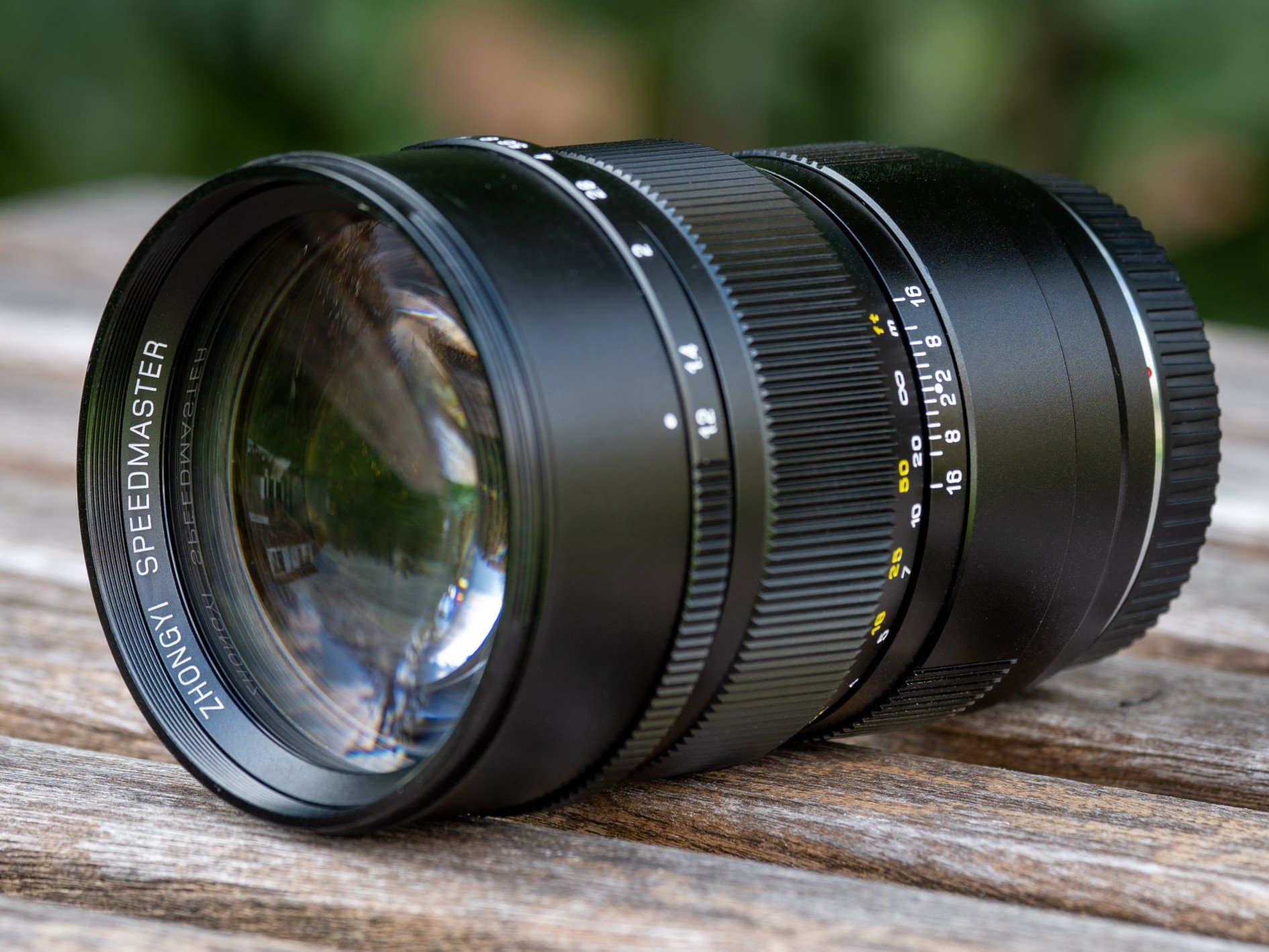

When purposely photographed out-of-focus, these normally harsh or bright objects become soft, pastel, diffused orbs of glowing light.īokeh can add softness to an otherwise brightly lit photograph. An often-photographed subject that is an extreme example of bokeh is photographing a grouping of holiday lights or other highly reflective objects. Close-up and macro images of flowers and other objects in nature are also popular subjects to photograph that shows off bokeh in the image. The most photographed subjects showing nice examples of bokeh are portraits. You could also use the Flexible Program mode, choosing the widest possible aperture/shutter speed combination.
#Bokeh lens mount manual
Manual gives you the ability to choose both your aperture and shutter speed, whereas Aperture Priority allows you to choose the f/stop while the camera chooses the appropriate shutter speed for the exposure. You’ll want to shoot with the lens wide open, so you’ll want to use a shooting mode of Aperture Priority or Manual. Highlights hitting the background will show more visible bokeh too, so if you’re using a backlight, side light or a hair light, the bokeh may be more pleasing to the eye. The more shallow the depth-of-field, or further the background is, the more out-of-focus it will be. You can do this by decreasing the distance between the camera and subject. Shooting subjects from the minimum focus distance of about 9.5 cm makes the lens a good choice for closeups of flowers and other small objects, as well as food on a table in front of you while seated. To increase the likelihood of creating visible bokeh in your photographs, increase the distance between your subject and the background. This 1:1 macro E-mount lens is easy to carry and weighs only about 138 grams. By increasing the distance between the background and your subject, you can see bokeh in images that are shot at smaller apertures like f/8. A lens with more circular shaped blades will have rounder, softer orbs of out-of-focus highlights, whereas a lens with an aperture that is more hexagonal in shape will reflect that shape in the highlights.ĭon't worry if you don't own a very fast lens.

Usually seen more in highlights, bokeh is affected by the shape of the diaphragm blades (the aperture) of the lens. Best Lens for BokehĪlthough bokeh is actually a characteristic of a photograph, the lens used determines the shape and size of the visible bokeh. The M42 lens mount was a screw-thread mounting system and was originally introduced in the Zeiss’ Contax S lens in 1949. Many photographers like to use fast prime lenses when shooting photographs that they want visible bokeh in. I picked up a 10 Fotasy M42-NEX adapter which works. You’ll want to use a lens with at least an f/2.8 aperture, with faster apertures of f/2, f/1.8 or f/1.4 being ideal. These lenses were created for the Leica M-mount so I needed to get an M mount adapter for the Sony A7. To achieve bokeh in an image, you need to use a fast lens-the faster the better. Circular (9 blades) aperture for beautiful, soft backgrounds.D3100, 55mm lens, 1/10 second, f/5.6.Impressively light at only 5.8 lbs., which makes it the lightest f/2.8 zoom lens with a 300mm focal length on the market.**.That means if you’re shooting wildlife or random. The 20mm f2.8 is super punchy when it comes to colors. Dedicated, programmable Control Ring, with click-stop operation. Perhaps the strongest quality about this lens is its color rendition.2 Nano USMs achieves outstanding image quality throughout the focusing range, from infinity to close-up thanks to 2 focusing groups that are independently actuated.
#Bokeh lens mount series
Up to 6.0 stops Coordinated IS when paired with EOS R series cameras featuring In-Body Image Stabilizer (IBIS).



 0 kommentar(er)
0 kommentar(er)
